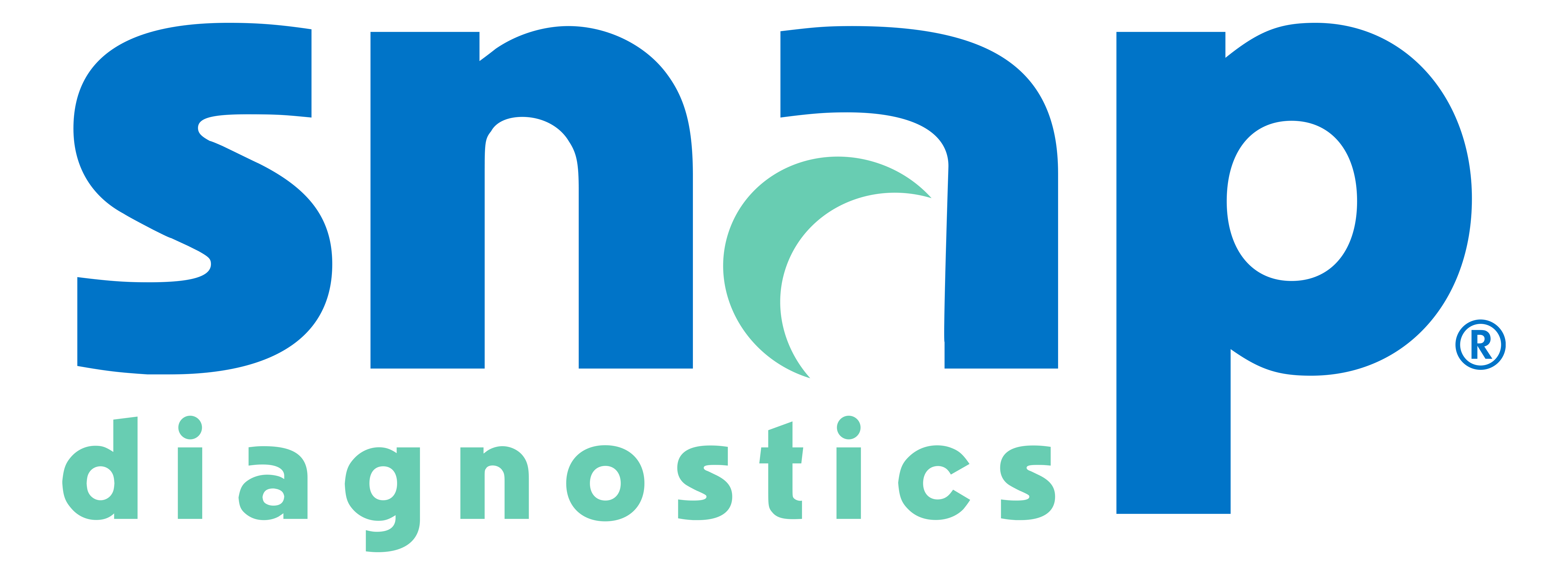When measuring sleep respiratory events, the ‘gold standard’ is direct airflow measurement. Without it, a sleep test relies on indirect markers, such as peripheral arterial tonometry (PAT) signals and blood oxygen saturation. These indirect markers will not detect apnea events too short to cause significant desaturation, nor will they accurately differentiate between apnea and hypopnea.
Comorbid conditions complicate and limit indirect diagnostic methods
Sleep apnea patients are reported to have high rates of comorbid conditions, which can complicate or limit the effectiveness of indirect diagnostic methods.
A peer-reviewed study published in the Journal of Clinical Sleep Medicine evaluated PAT systems in a large point-of-care cohort, including patients with atrial fibrillation, congestive heart failure, asthma, COPD, and patients receiving pharmacologic therapies. The findings suggest that conditions and therapies which affect normal blood circulation, sympathetic tone, or oxygen saturation often compromise the accuracy of PAT-derived results. In particular, the study concluded, “the PAT-based testing presented high rates of diagnostic misclassification of sleep disordered breathing presence or severity.”
A second study published on June 1, 2022 in the Journal of Clinical Sleep Medicine confirmed significant discordance between PAT-based testing and in-lab polysomnography (PSG) among active-duty military personnel. The authors concluded, “PAT-based HSAT may have limited utility for diagnosing OSA and grading severity in this unique patient population.”
Go With the Airflow
In patients with complex medical histories, airflow-based testing ensures reliable results. Snap Diagnostics’ home sleep test integrates the ‘gold standard’ technology and analysis used in traditional polysomnography. Our portable device delivers comprehensive data, including true airflow and respiratory effort, for unparalleled accuracy.
To learn more about the published studies supporting this post, please reach out to your local Snap manager or contact us.
